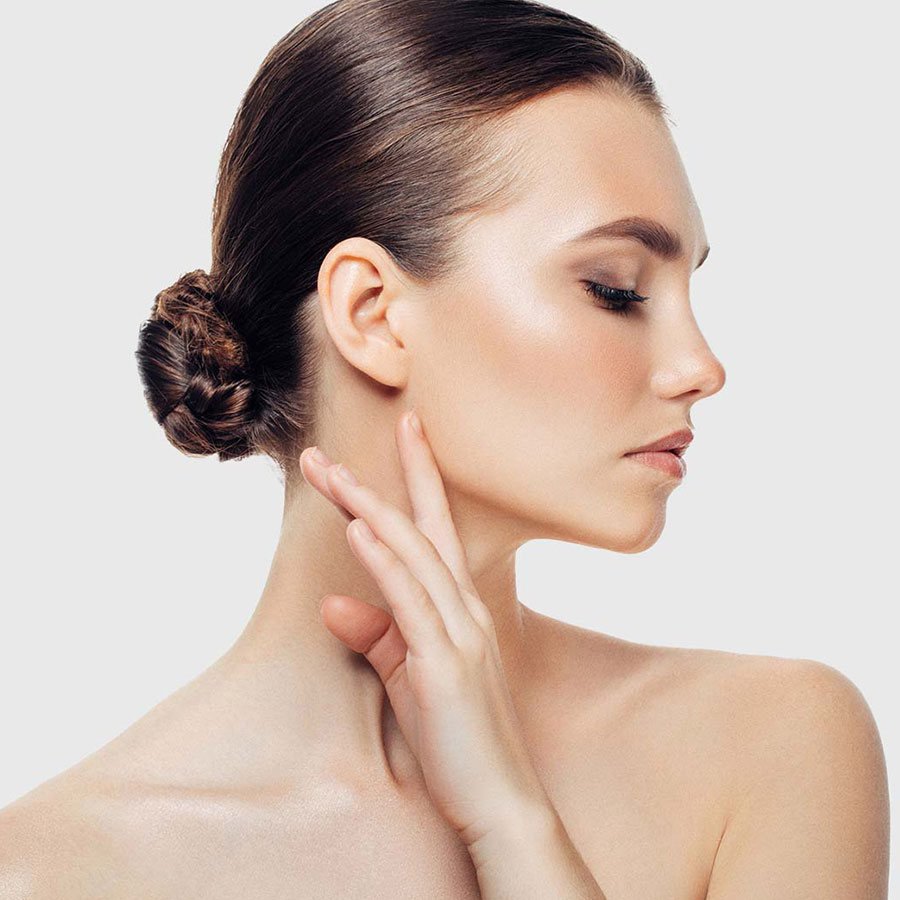Unveiling the Closed Rhinoplasty Technique: A Discreet Approach to Nasal Refinement
Rhinoplasty, or nose reshaping surgery, is a popular cosmetic procedure that can enhance facial harmony and improve breathing function. Among the various techniques employed, closed rhinoplasty stands out as a discreet and minimally invasive approach. This blog explores the intricacies of closed rhinoplasty, offering valuable insights into its advantages, suitability, and the recovery process.
What is Closed Rhinoplasty?
Closed rhinoplasty, also known as endonasal rhinoplasty, is a surgical technique that involves reshaping the nose without making external incisions on the nasal skin. Instead, the surgeon accesses the nasal structures through incisions made inside the nostrils, allowing for a more concealed approach.
Benefits of Closed Rhinoplasty
Closed rhinoplasty offers several advantages over the traditional open rhinoplasty technique, making it an attractive option for many patients.
A. Minimal Visible Scarring
One of the primary benefits of closed rhinoplasty is the absence of external incisions on the nasal skin. This minimizes the risk of visible scarring, which can be a concern for some patients.
B. Shorter Recovery Time
With no external incisions, closed rhinoplasty typically involves less swelling and bruising compared to open rhinoplasty. This can lead to a shorter recovery time and quicker return to normal activities.
C. Preservation of Nasal Structures
In closed rhinoplasty, the nasal structures remain undisturbed, reducing the risk of potential complications and preserving the natural support system of the nose.
D. Suitable for Minor Refinements
Closed rhinoplasty is often recommended for minor nasal refinements, such as correcting a nasal hump or refining the nasal tip. It may not be suitable for more extensive nasal reshaping procedures.
Candidates for Closed Rhinoplasty
Not all patients are suitable candidates for closed rhinoplasty. The surgeon will carefully evaluate the patient’s nasal anatomy and desired outcome to determine if the closed technique is appropriate.
A. Ideal Nasal Characteristics
Closed rhinoplasty is typically suitable for patients with thinner nasal skin, a well-defined nasal structure, and minor to moderate nasal concerns.
B. Specific Concerns Addressed
Common concerns that can be addressed through closed rhinoplasty include nasal humps, nasal tip refinement, nostril narrowing, and minor nasal deviation corrections.
C. Realistic Expectations
Patients must have realistic expectations about the extent of changes that can be achieved through closed rhinoplasty. Significant nasal reshaping may require an open approach.
The Closed Rhinoplasty Procedure
The closed rhinoplasty procedure is typically performed under general anesthesia or intravenous sedation. Here’s a general overview of the steps involved:
A. Preparation and Anesthesia
After administering the appropriate anesthesia, the surgeon prepares the surgical site by cleansing and sterilizing the area.
B. Incisions Inside the Nostrils
The surgeon makes incisions inside the nostrils, allowing access to the underlying nasal structures without disrupting the external nasal skin.
C. Nasal Reshaping
Using specialized instruments, the surgeon carefully reshapes the nasal bone, cartilage, and soft tissues to achieve the desired aesthetic and functional improvements.
D. Closure and Dressings
Once the reshaping is complete, the incisions inside the nostrils are closed with dissolvable sutures, and nasal dressings or splints may be applied to support the new nasal shape during the healing process.

Recovery from Closed Rhinoplasty
The recovery process after closed rhinoplasty is generally considered more comfortable and faster compared to open rhinoplasty. However, it still requires proper care and attention.
A. Initial Swelling and Bruising
Some degree of swelling and bruising around the nose and eye area is expected in the first few days after surgery. This should gradually subside over the course of the first week.
B. Nasal Splint and Dressings
Patients will need to wear a nasal splint or dressings for the first week or two to protect the new nasal shape and support the healing process.
C. Activity Restrictions
Strenuous activities, including exercise and heavy lifting, should be avoided during the initial recovery period to prevent complications and ensure proper healing.
D. Gradual Improvement
As the swelling subsides and the nasal structures heal, patients will gradually see the desired improvements in their nasal appearance and breathing function.
Potential Risks and Complications
Like any surgical procedure, closed rhinoplasty carries potential risks and complications. It’s essential to discuss these with the surgeon and follow all post-operative instructions to minimize the chances of complications.
A. Bleeding and Infection
Although rare, bleeding and infection are potential risks that can occur after rhinoplasty. Proper wound care and adherence to post-operative instructions can help reduce these risks.
B. Nasal Obstruction
In some cases, patients may experience temporary or persistent nasal obstruction due to swelling or structural changes. This can typically be addressed through additional procedures or treatments.
C. Revision Surgery
While closed rhinoplasty is generally successful, some patients may require revision surgery to achieve their desired results or address any lingering concerns.
Open vs. Closed Rhinoplasty: Which One is Right for You?
The decision between open and closed rhinoplasty depends on various factors, including the patient’s nasal anatomy, desired outcome, and the surgeon’s expertise.
A. Consult with an Experienced Surgeon
Consulting with an experienced, board-certified plastic surgeon is crucial in determining the most appropriate rhinoplasty technique for your specific needs and goals.
B. Consider the Extent of Nasal Reshaping
Close rhinoplasty may be suitable for minor to moderate nasal refinements, while more extensive nasal reshaping may require an open approach.
C. Discuss Your Preferences
During the consultation, express your preferences regarding scarring, recovery time, and any other concerns you may have. This will help guide the surgeon’s recommendation.

Maintaining Realistic Expectations
Regardless of the rhinoplasty technique chosen, it’s essential to maintain realistic expectations about the potential outcomes and limitations.
A. Understand the Limits of Nasal Reshaping
While rhinoplasty can enhance the appearance and function of the nose, it cannot achieve perfection or drastically alter your natural facial features.
B. Be Patient During the Recovery Process
The full results of rhinoplasty may not be apparent until the swelling has completely subsided, which can take several months. Patience and adherence to post-operative instructions are crucial.
C. Embrace Your Unique Beauty
Ultimately, the goal of rhinoplasty should be to enhance your natural beauty and achieve a balanced, harmonious facial appearance that aligns with your unique features.
Conclusion
Close rhinoplasty offers a discreet and minimally invasive approach to nasal refinement, making it an attractive option for many patients seeking to improve their nasal appearance and function. By understanding the benefits, suitability, procedure, and recovery process, individuals can make informed decisions about whether close rhinoplasty aligns with their goals and preferences.
Consulting with a qualified and experienced plastic surgeon is essential for determining the most appropriate rhinoplasty technique and ensuring a safe and successful outcome. With realistic expectations, patience, and proper care, close rhinoplasty can help individuals achieve a more balanced and harmonious facial appearance while preserving their unique beauty.


